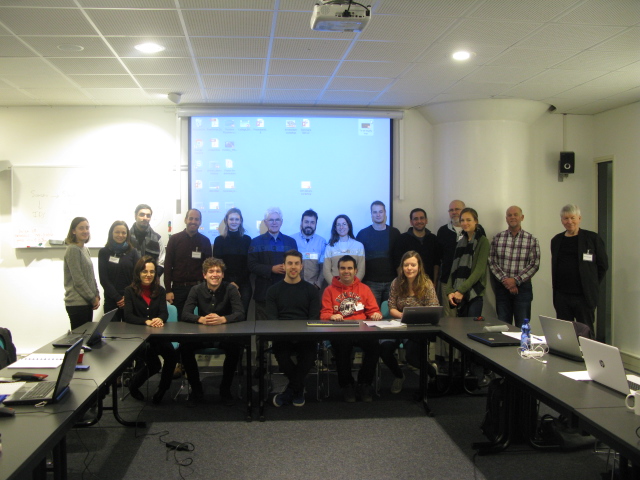Published on Mon, 2016-12-12 12:53
The first day of the workshop was directed at the Intermediate Data Structure (IDS) itself. In the morning Kees Mandemakers did teach the background and structure of the IDS. In the afternoon the students worked in groups of two on an assignment directed at the conversion of a simple dataset into IDS.
First item in the morning of the second day was the discussion of the results of the assignment the day before. The second part of the morning was a webinar about the ‘IDS transposer’ by George Alter and Emily Merchant. Subsequently Anders Brandström gave a lecture about the nature of extraction software and the way the extraction software for occupational titles was structured. During the afternoon Luciana Quaranta took over by explaining her way of constructing extended IDS, chronical and episode files.
The third day opened with a demonstration by Kees Mandemakers of query building in Access to make IDS files. After this Luciana continued her lecture of the second day. Subsequently Göran Broström took over by explaining R-studio and the way how extraction software is built in R. He used the example of the so-called Leuven files in which five groups of researchers analysed the same hypothesis about the passing of risks of infant mortality from mother to daughter using five different datasets which were all converted into IDS. In the afternoon the students worked on assignments to design extraction software in the field of fertility or social mobility (in four groups of four). After the discussion of their results, a formal written evaluation took place (for the results see next section). After a short direct evaluation in which the students were asked for comments, the winter school was closed.
The course was taught by prof. dr. Anders Brändström, prof. dr. Göran Broström, prof. dr. Kees Mandemakers, and dr. Luciana Quaranta and was attended by 16 participants.

